The Rexing M2 Dash Cam is a popular choice among vehicle owners who want to ensure maximum security while on the road. With advanced features like blind spot detection (BSD) and debugging options, the Rexing M2 offers a high-tech solution for drivers who want better control over their driving experience. However, understanding the intricacies of BSD and accessing the debug options can sometimes be challenging, especially for those who aren’t familiar with the device’s detailed functionalities.
In this comprehensive guide, we will explore the Rexing M2 BSD debug options, discussing what they are, how to access them, and what users can gain from utilizing these features. Whether you’re troubleshooting issues or simply want to fine-tune your device’s performance, this guide will provide the information you need.
What is the Rexing M2?
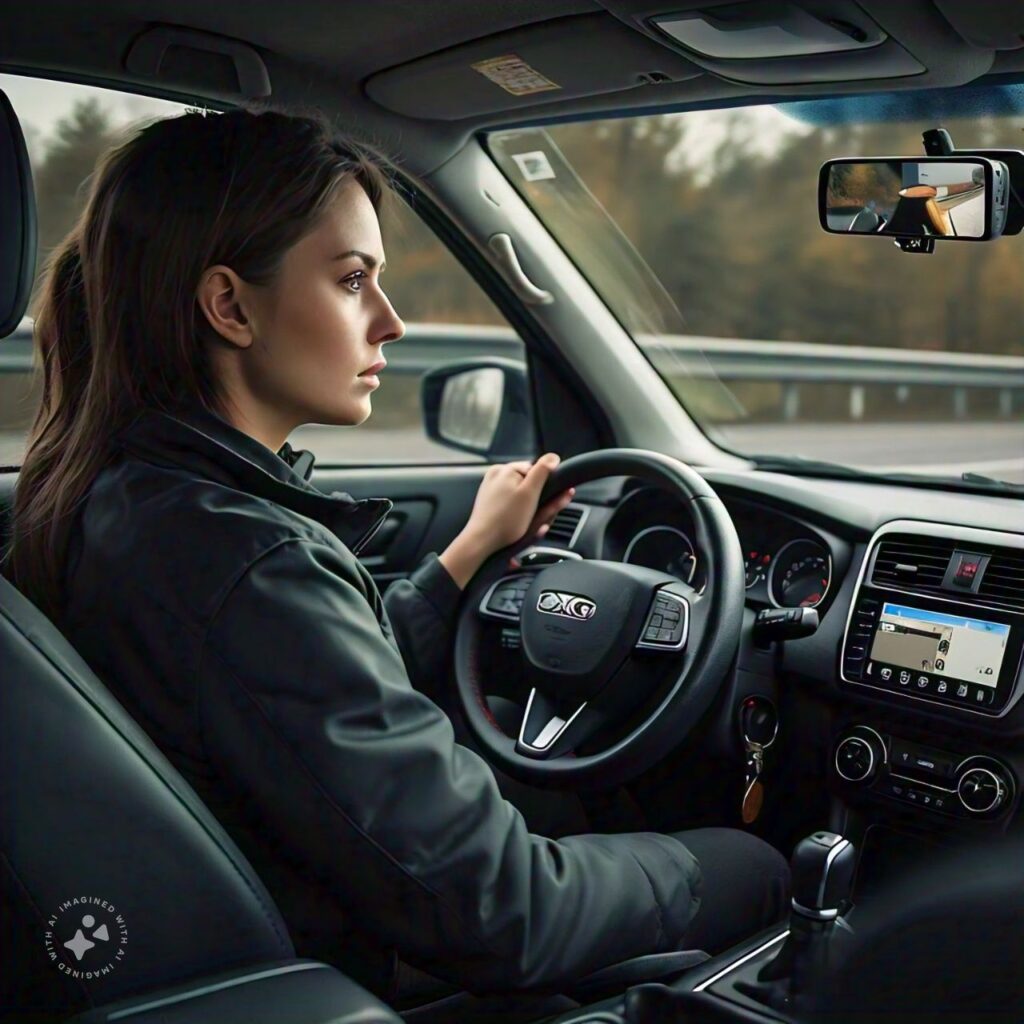
Overview of the Rexing M2 Dash Cam
The Rexing M2 is a dual-camera dash cam equipped with a front-facing camera and an in-car cabin camera, designed to capture high-definition footage both inside and outside of your vehicle. Its sleek design allows it to blend seamlessly into your car’s interior while providing comprehensive surveillance coverage. In addition to recording footage, the Rexing M2 offers a range of safety features, including blind spot detection (BSD), lane departure warning, and motion detection.
The camera system also comes with GPS capabilities, a parking monitor, and loop recording, making it a top choice for drivers looking to increase their safety on the road.
What is Blind Spot Detection (BSD)?
One of the standout features of the Rexing M2 is its blind spot detection (BSD) technology. This feature is designed to enhance driver safety by alerting them to objects or vehicles that are in their blind spots. When a vehicle is detected in the blind spot, the system provides visual or audible alerts, allowing the driver to make safer lane changes or maneuvers.
BSD is especially useful for drivers who frequently drive on highways or in congested areas where lane-changing incidents are more common. This feature reduces the risk of collisions by giving the driver a better awareness of their surroundings.
Understanding the Rexing M2 BSD Debug Options
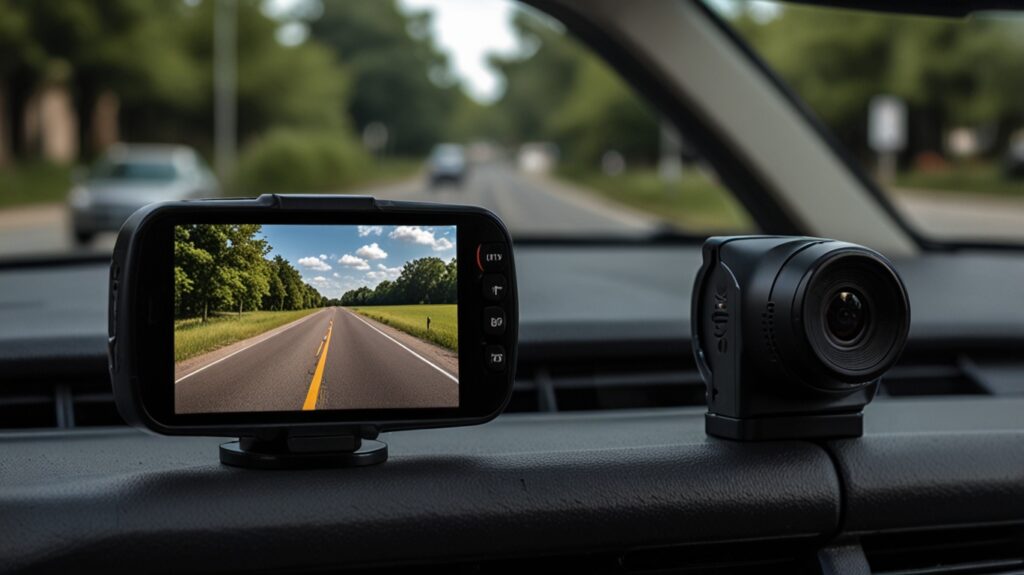
What Are Debug Options?
In the context of the Rexing M2 Dash Cam, debug options refer to advanced settings and tools that allow users or technicians to test, troubleshoot, and optimize the device’s performance. These options are typically hidden or not readily accessible to general users, as they require a more in-depth understanding of how the device works. Debug options may include features like system logs, error reports, performance diagnostics, and the ability to tweak system settings that aren’t available in the standard user interface.
For users of the Rexing M2, accessing the BSD debug options can provide insights into how the blind spot detection system is performing, detect any potential issues, and allow for adjustments to improve accuracy.
Why Would You Need Debug Options for BSD?
There are several reasons why a driver or technician might need to access the BSD debug options on the Rexing M2:
- Troubleshooting: If the BSD system is not working as expected, accessing debug options can help diagnose the issue. For example, if the system is failing to alert the driver when a vehicle enters the blind spot, debug logs can reveal whether the sensors are functioning properly.
- Performance Optimization: Users can fine-tune the performance of the BSD system, adjusting sensitivity levels or recalibrating the sensors to improve accuracy.
- Firmware Updates: Debug options may also be necessary when updating the dash cam’s firmware. In some cases, new firmware may introduce new debugging tools or modify the functionality of existing ones.
How to Access the Rexing M2 BSD Debug Options
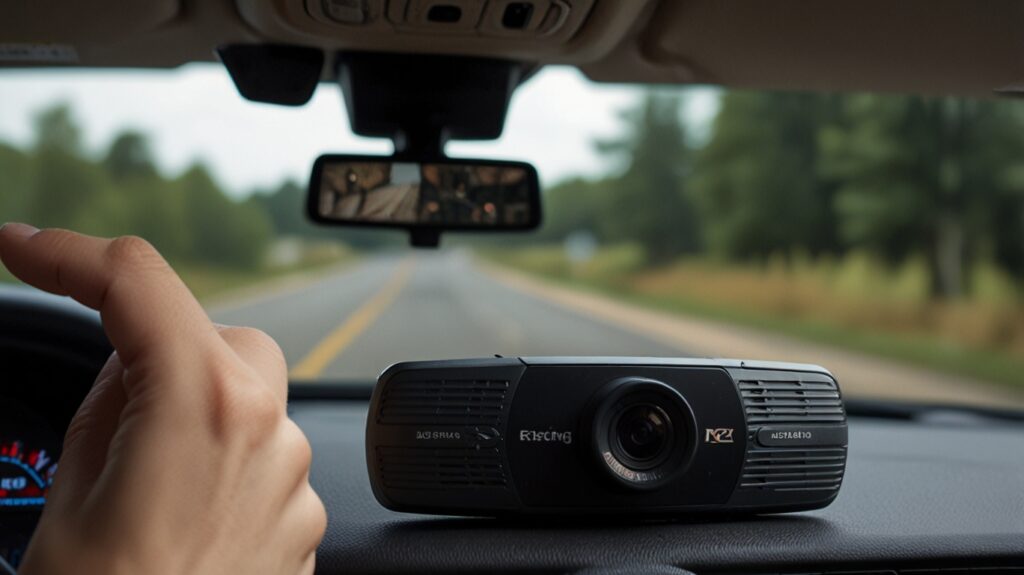
Step-by-Step Guide to Accessing Debug Options
Accessing the debug options for the Rexing M2 BSD system requires a specific process, as these settings are not typically available through the standard user interface. Below are the steps you can follow to access the BSD debug options:
- Download the Debug Options PDF: Rexing provides a detailed PDF document that includes instructions on how to access the debug options for the M2 dash cam. You can download this PDF from the Rexing official website or from the support section of the product page.
- Enable Developer Mode: On many electronic devices, including dash cams, there is a hidden developer mode that gives access to advanced settings. To enable this on the Rexing M2, follow the instructions provided in the debug PDF. This might involve entering a specific button combination on the dash cam or connecting the device to a computer for further access.
- Connect the Dash Cam to a Computer: In some cases, accessing the full range of debug options requires connecting your dash cam to a computer via USB cable. Once connected, you may need specific software or drivers to access the dash cam’s system files.
- Access the Debug Menu: Once in developer mode or connected to a computer, you should be able to access the debug menu. Here, you’ll find a range of options related to the BSD system, including logs, sensor calibration, and error diagnostics.
- Make Adjustments: With the debug options open, you can now view performance logs, adjust BSD sensitivity, and perform system checks. Be cautious when making any changes, as incorrect settings can affect the overall performance of the dash cam.
Important Notes for Accessing Debug Options
- Follow Instructions Carefully: Accessing debug options involves making changes to system settings that are typically hidden from standard users. Be sure to follow the instructions in the debug PDF carefully to avoid accidental damage to your device.
- Back Up Your Settings: Before making any changes, it’s always a good idea to back up your current settings. This way, you can restore the original configuration if something goes wrong.
- Check for Firmware Updates: Before diving into debug options, check whether Rexing has released any firmware updates for the M2 dash cam. New firmware versions may resolve issues without the need to access advanced settings.
Common Issues and How Debug Options Can Help
BSD Alerts Not Triggering
If your blind spot detection alerts are not working as expected, the debug options can help you pinpoint the problem. By accessing system logs, you can see if the sensors are detecting nearby vehicles but failing to trigger an alert. Debugging may allow you to recalibrate the system or adjust its sensitivity to improve performance.
False BSD Warnings
In some cases, the BSD system might trigger false warnings, alerting you to objects that aren’t in your blind spot. This issue can often be resolved by adjusting the sensitivity settings in the debug menu. By lowering the sensitivity, you can reduce the number of false positives while ensuring that the system remains accurate.
Firmware-Related Issues
Sometimes, issues with the BSD system may be related to outdated or corrupted firmware. Debugging tools allow you to view system information and determine if the firmware is up to date. If needed, you can update the firmware directly from the debug menu.
Maximizing the Performance of Your Rexing M2
Regularly Calibrate Your BSD System
Regular calibration ensures that the blind spot detection sensors are functioning optimally. Through the debug options, you can access the calibration tools necessary to fine-tune the system and maintain accuracy.
Keep Your Firmware Updated
Rexing periodically releases firmware updates for its dash cams, which often include bug fixes and performance improvements for the BSD system. Check the Rexing website regularly for updates and apply them using the instructions provided in the debug options PDF.
Monitor System Logs
Keeping an eye on system logs can help you catch potential issues before they become major problems. If you notice any irregularities in the performance of the BSD system, checking the logs through the debug menu can give you insight into what’s going wrong.
Conclusion: Unlocking the Full Potential of the Rexing M2 BSD System
The Rexing M2 Dash Cam is a powerful tool for enhancing safety and security on the road, with features like blind spot detection offering significant value to drivers. By accessing the BSD debug options, users can take full control of this system, optimizing its performance and troubleshooting issues as they arise.
Whether you’re a tech-savvy driver looking to tweak your dash cam’s settings or simply want to ensure that your BSD system is working as it should, the debug options provide a comprehensive set of tools to enhance your experience. Follow the instructions provided in the Rexing M2 BSD Debug Options PDF, and you’ll be well on your way to maximizing the effectiveness of your dash cam system.
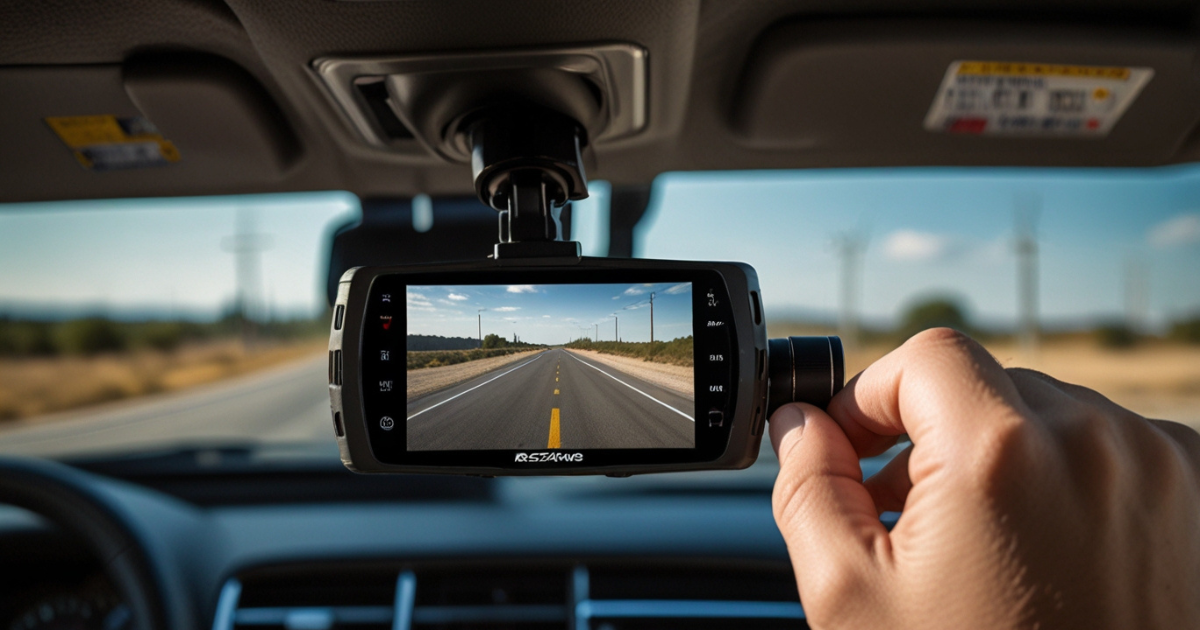

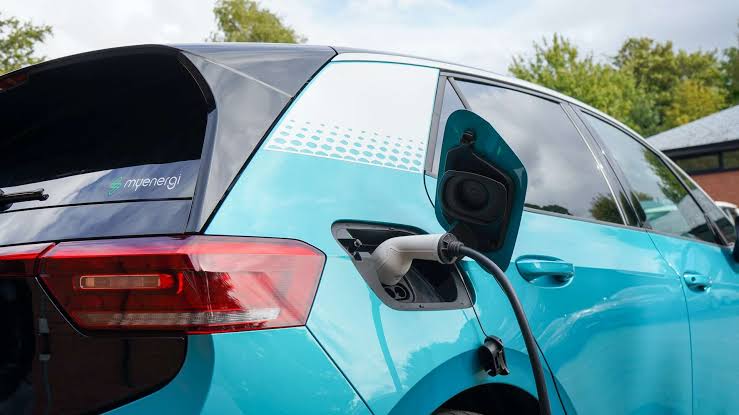

Post Comment